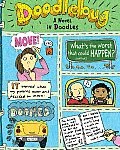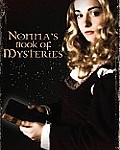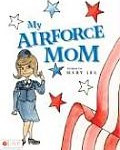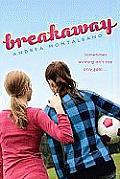 Worried that she was losing touch with her teen daughter, author Lauren Kessler did what few moms would be willing to do: immerse herself in middle school classrooms, locker rooms and cafeterias, taking notes all the while to turn into a nonfiction book. The result, My Teenage Werewolf: A Mother, A Daughter, A Journey Through the Thicket of Adolescence, is a revealing work that will both worry and give hope to moms everywhere.
Worried that she was losing touch with her teen daughter, author Lauren Kessler did what few moms would be willing to do: immerse herself in middle school classrooms, locker rooms and cafeterias, taking notes all the while to turn into a nonfiction book. The result, My Teenage Werewolf: A Mother, A Daughter, A Journey Through the Thicket of Adolescence, is a revealing work that will both worry and give hope to moms everywhere.
My Teenage Werewolf’s universal appeal comes not only from Kessler’s personal experience, but also from research and information offered up by experts regarding the world teen girls currently inhabit.
Kessler also reveals her own flaws and insecurities, and she doesn’t elevate herself as the perfect mother who is trying to understand an imperfect daughter. Instead, through Kessler’s experience with her daughter and from the details she reveals of her strained relationship with her own mother, we see a sincere struggle to understand the complicated mother-daughter dynamic.
Kessler’s honesty, her wit, her insights, and her straightforward writing style combine to create a fascinating study of parenting today’s female adolescent. I highly recommend My Teenage Werewolf for any mother who has raised a teenage daughter, is raising one now, or knows that one is part of her future.
To find out more about My Teenage Werewolf, stop by tomorrow when author Lauren Kessler answers a few questions for Mother Daughter Book Club.com.







